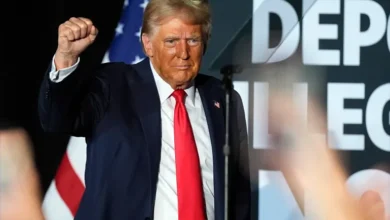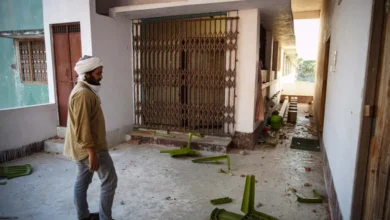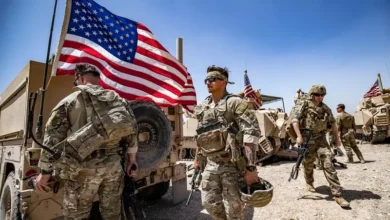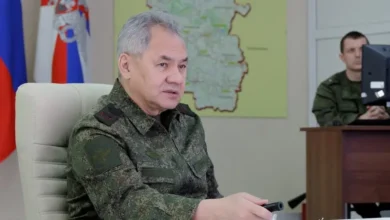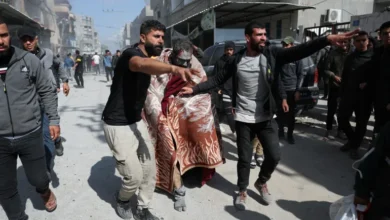Will Indian ammunition for Ukraine strain Modi’s ties with Russia’s Putin?
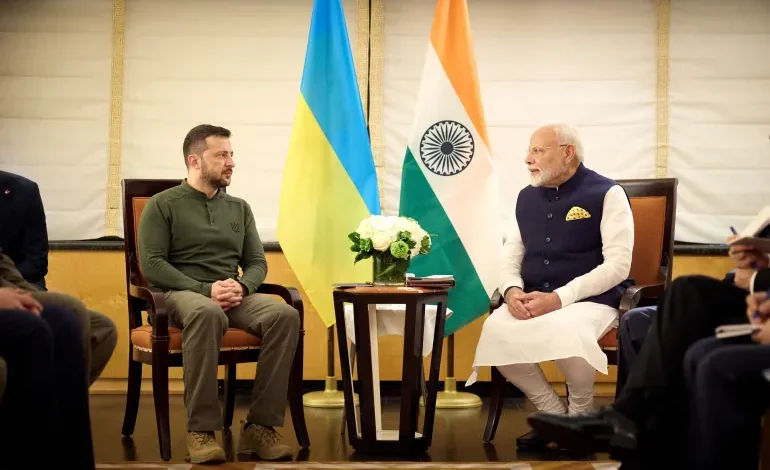
Visiting Moscow in early July, Indian Prime Minister Narendra Modi described Russia as New Delhi’s “trusted ally” and “all-weather friend”, referring to the decades-old strategic collaboration between the two nations.
Yet, less than three months later, that relationship is being tested, especially after reports that Kyiv has accessed Indian ammunition and is using it in the Russia-Ukraine war. An investigation by the Reuters news agency suggests that Indian shells, bought by Italy and the Czech Republic, have been routed to Ukraine. The report follows a series of battlefront images that have emerged in recent months showing Indian ammunition being used by Ukrainian forces to push back against Russia.
Meanwhile, Modi has held a string of meetings with Ukrainian President Volodymyr Zelenskyy, beginning in June in Tokyo, then in a first-ever visit by an Indian PM to Kyiv in August, and finally, last week, in New York on the margins of the United Nations General Assembly.
India’s Ministry of External Affairs spokesperson Randhir Jaiswal described news reports of Ukraine using Indian ammunition as “speculative and mischievous”. He denied that India had violated any rules but did not specifically deny the presence of Indian shells in Ukraine’s armoury.
But Russian officials are unconvinced by India’s response, and pose a central question: Has New Delhi pressured buyers of its shells to make sure it does not reach the war in Ukraine?“There is ample proof of Indian artillery shells being used by Ukrainian forces. There are even photographs to suggest that,” a Russian official told Al Jazeera, requesting anonymity. He pointed to the end-user agreements that accompany all military exports — for sellers to track the final users of their sold armaments. “Show us the proof that India has followed up with Italy or Czechia about how the shells have gone to Ukraine,” the official said, using another name for the Czech Republic.
And if the shells are reaching Ukraine through third countries — without India necessarily intending for that to happen — that too would not be unprecedented, said Waheguru Pal Singh Sidhu, professor at the Center for Global Affairs at New York University.
“During the apartheid regime, retired British-made Centurion tanks belonging to India, which had been sent for repairs and upgrades to a British company, landed up in South Africa,” Sidhu told Al Jazeera.
But there are also clear reasons, say analysts, why India might have calculated that it can manage the stress to its ties with Russia from Ukraine’s use of Indian shells.
‘Equal opportunity supplier’
Traditionally a leading arms importer, India exported $3bn worth of weapons from 2018 to 2023 as it has tried to develop its homegrown defence manufacturing industry under Modi.
The Ukraine war has provided the Indian defence industry a major boost. Exports by just three companies — Munitions India, Yantra and Kalyani Strategic Systems — to Italy and the Czech Republic jumped from $2.8m to $135.24m between 2022 and 2024.
“As India begins exporting more arms globally, it will deal with the unpleasant reality that arms importers don’t always do what the exporter would like with the arms and even occasionally might do things that appear to contravene restrictions the exporter had originally imposed,” said Christopher Clary, assistant professor of political science at the University at Albany, State University of New York.
Meanwhile, some reports suggest that Indian electronics exported to Russia are being used for military applications.
“If that is indeed the case, then India is clearly being an equal opportunity supplier — and supplying both sides: like Milo Minderbinder, the fictional character from Catch-22, who profits by supplying both sides of the conflict,” Sidhu said.
Impact on ties with Russia
Some experts believe that Ukraine’s use of Indian ammunition will not meaningfully complicate New Delhi’s long and strong relationship with Moscow, rooted in their close cooperation during the Cold War. Two-thirds of India’s weapons purchases in the past two decades were from Russia – this at a time when New Delhi has tried to wean itself off its military dependence on Moscow.
Estimates suggest that Indian shells make up barely 1 percent of Ukraine’s ammunition needs in the war against Russia.
“Given that the quantity of ammunition apparently going to the Ukraine war is modest, I imagine the turbulence this causes in India’s foreign relations will also be modest and manageable,” Clary told Al Jazeera.
But the Russian official who spoke to Al Jazeera suggested that Moscow is reading the tea leaves a little differently. The official pointed out that soon after returning from Kyiv in August, Modi called United States President Joe Biden to update him on his talks with Zelenskyy. But he made no such call to Putin, who instead made the move to call Modi.
Modi then sent India’s National Security Adviser Ajit Doval to Moscow to brief Putin about the Indian PM’s meeting with Zelenskyy. The Kremlin leaked footage of Doval trying to persuade a seemingly unconvinced Putin about the merits of Modi’s visit to Kyiv, further indicating the unease in ties between India and Russia.

